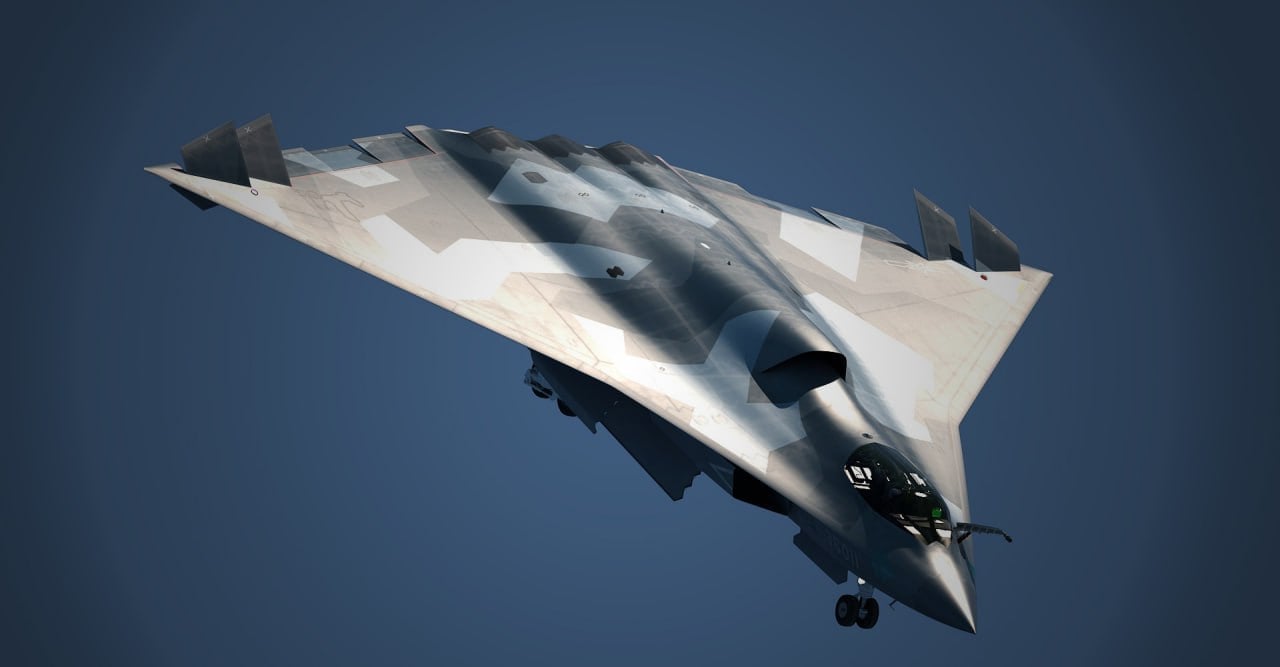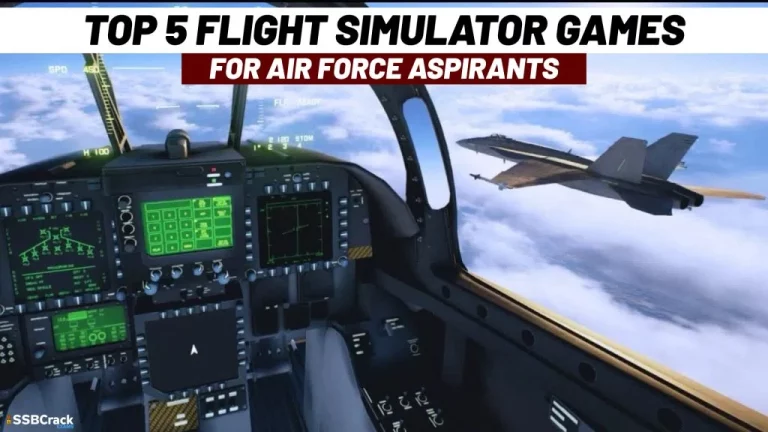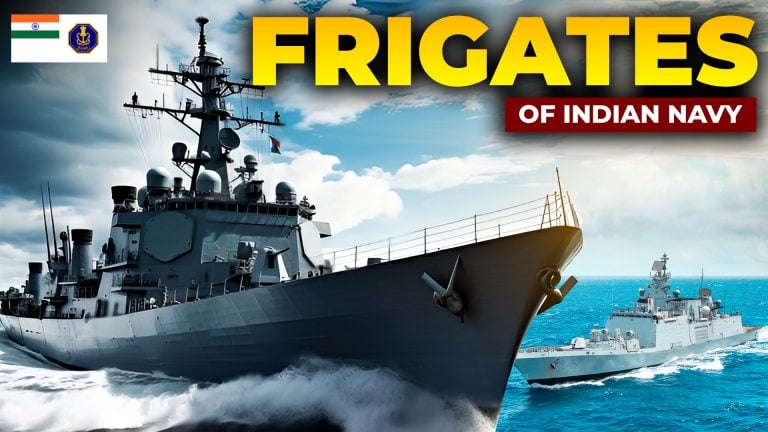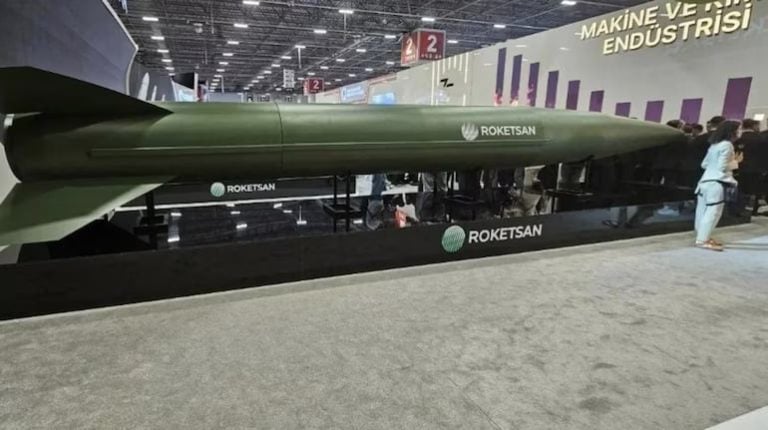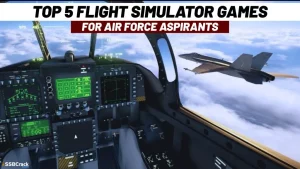In modern warfare, the integration of stealth technology has fundamentally transformed aerial combat, turning the ability to evade radar detection into a critical necessity for advanced fighter jets. This report explores some of the stealthiest fighter jets currently operational, highlighting their distinctive features, capabilities, and the sophisticated technology that enhances their effectiveness in the skies.
Understanding Stealth Technology
Stealth technology comprises a variety of techniques aimed at rendering aircraft less detectable by radar, infrared, and other detection systems. A primary objective of these techniques is to minimize the radar cross-section (RCS), which quantifies the detectability of an object by radar systems. A smaller RCS significantly decreases the likelihood of being tracked, creating a tactical advantage.
Key Components of Stealth
- Shape and Design: The contour of an aircraft greatly influences its ability to deflect radar waves. Strategic angles and unique shapes help scatter radar signals away from their source.
- Materials: Aircraft are often coated with radar-absorbing materials (RAM), which convert radar waves into heat rather than reflecting them back towards the radar source.
- Engine Design: Advanced engine designs aim to reduce infrared signatures, complicating the targeting efforts of heat-seeking missiles.
The Four Stealthiest Fighter Jets
-
Lockheed Martin F-22 Raptor
- Estimated RCS: ~0.0001 m² (Comparable to a small marble)
- The F-22 Raptor stands at the forefront of stealth technology. Designed by Lockheed Martin for air superiority and ground attack roles, its cutting-edge features include:
- Planform Alignment: The aircraft’s wings and body are engineered to deflect radar waves, significantly lowering its radar signature.
- Thrust Vectoring: This technology enhances maneuverability while dispersing engine heat, minimizing infrared detection.
- Internal Weapons Bay: By housing weapons internally, the F-22 avoids the radar reflections associated with external munitions.
-
Lockheed Martin F-35 Lightning II
- Estimated RCS: ~0.0015–0.005 m² (Equivalent to a golf ball or dinner plate)
- The F-35 Lightning II is a multi-role stealth fighter designed for missions such as ground attack and intelligence gathering. While less stealthy than the F-22, it boasts significant advancements:
- Stealthy Shape: Sharp edges and a smooth fuselage help reduce radar reflections.
- Integrated RAM: Its composite skin incorporates RAM for enhanced durability and stealth.
- Advanced Sensors: Equipped with state-of-the-art sensors, the F-35 offers superior situational awareness and target acquisition.
-
Chengdu J-20 Mighty Dragon
- Estimated RCS: ~0.05 m² (Comparable to a baseball)
- As China’s fifth-generation stealth fighter, the J-20 prioritizes long-range capabilities. Despite a larger radar signature than the F-22 and F-35, it marks a substantial progress over older designs:
- Diverterless Supersonic Intakes: These intakes shield the engine from radar detection while supporting high-speed performance.
- Internal Weapons Bay: Similar to its American counterparts, it maintains stealth by carrying munitions internally.
- Advanced Engine Technology: Future iterations of the J-20 are expected to utilize next-generation engines to improve its infrared signature management.
- Sukhoi Su-57 Felon
- Estimated RCS: ~0.1–1 m² (Equivalent to a soccer ball to beach ball)
- Representing Russia’s flagship stealth fighter, the Su-57 is designed to compete with the F-22 and F-35 while emphasizing agility and versatility:
- Canted Tail Surfaces: These features help reduce radar reflections from the aircraft’s rear.
- Internal Weapons Bay: With munitions stored internally, the Su-57 preserves its stealth profile.
- Advanced Maneuverability: The jet’s thrust vectoring capabilities endow it with exceptional agility, making it effective in dogfights.
Comparative Overview of Stealthiest Fighter Jets
| Aircraft | Estimated RCS (m²) | Everyday Object Equivalent |
|---|---|---|
| Lockheed Martin F-22 | ~0.0001 | Small marble |
| Lockheed Martin F-35 | ~0.0015–0.005 | Golf ball to dinner plate |
| Chengdu J-20 | ~0.05 | Baseball |
| Sukhoi Su-57 | ~0.1–1 | Soccer ball to beach ball |
The Future of Stealth Technology
The pursuit of stealth superiority continues as military technology advances. Countries worldwide are investing in next-generation fighter jets that promise enhanced stealth capabilities.
Emerging Technologies
- 6th Generation Fighters: Initiatives like the U.S. Next Generation Air Dominance (NGAD) program and the UK’s Tempest aim to redefine aerial combat through improved stealth, artificial intelligence integration, and drone teaming capabilities.
- Improved Materials: Ongoing research into advanced materials is expected to yield more effective RAM and coatings, further lowering radar signatures.
- Electronic Warfare: Future aircraft will incorporate sophisticated electronic warfare systems to disrupt enemy radar and communications, enhancing their survivability.
Conclusion
The stealthiest fighter jets epitomize the cutting edge of military aviation technology. With their advanced designs and remarkable capabilities, these aircraft play a crucial role in national defense and showcase human ingenuity in overcoming the challenges of modern warfare. As innovation continues, the landscape of aerial combat is poised for evolution, making the quest for stealth an ongoing endeavor.
